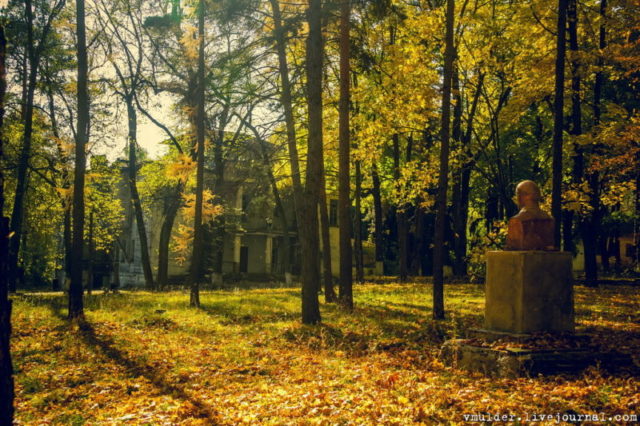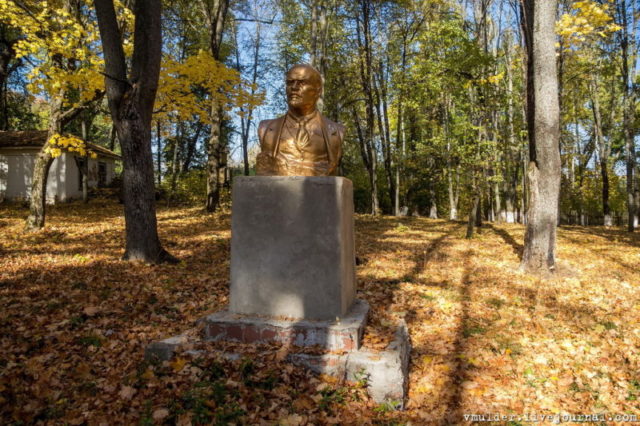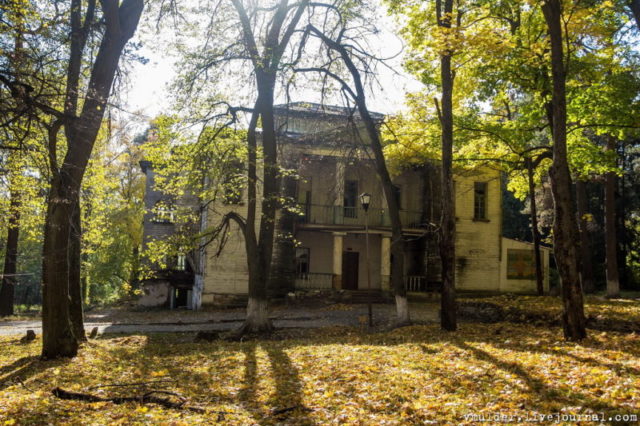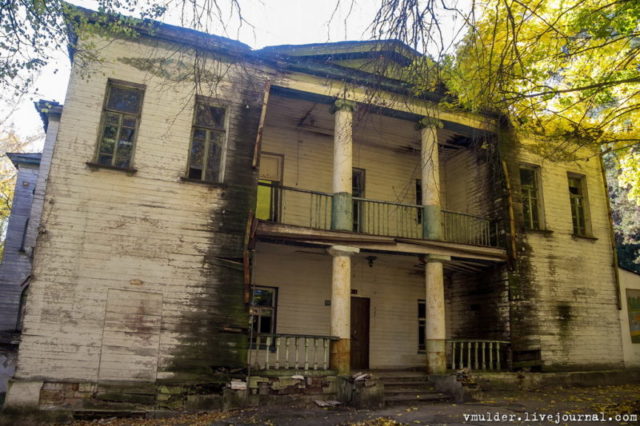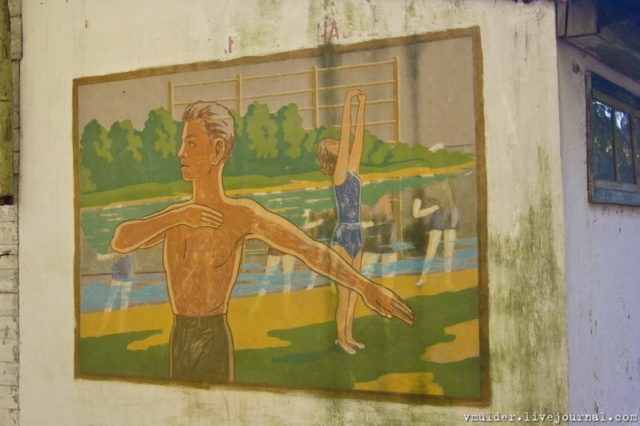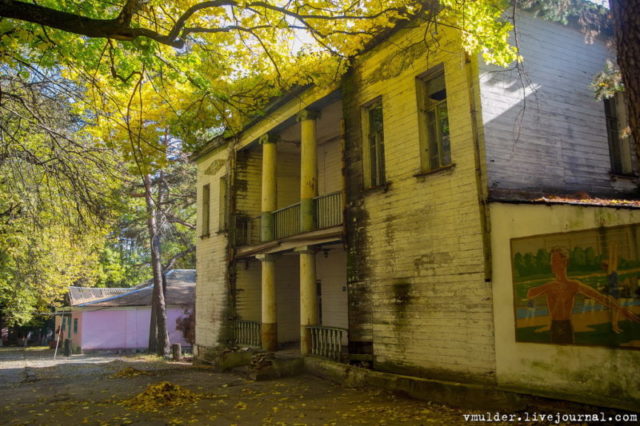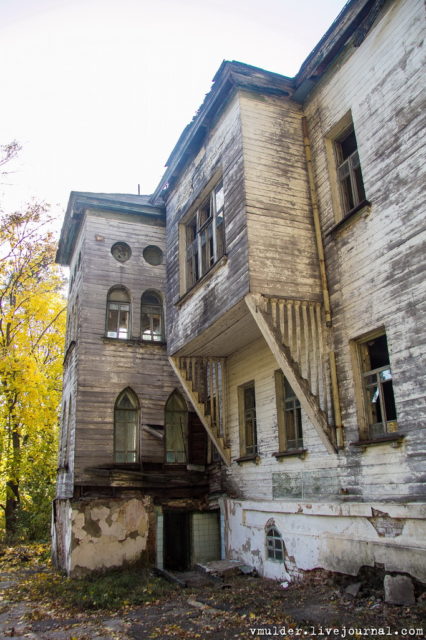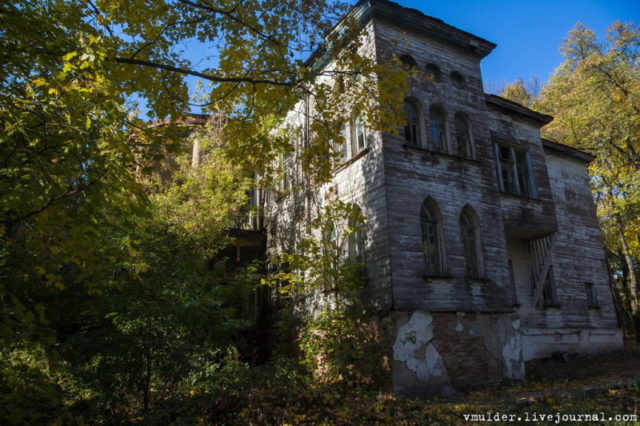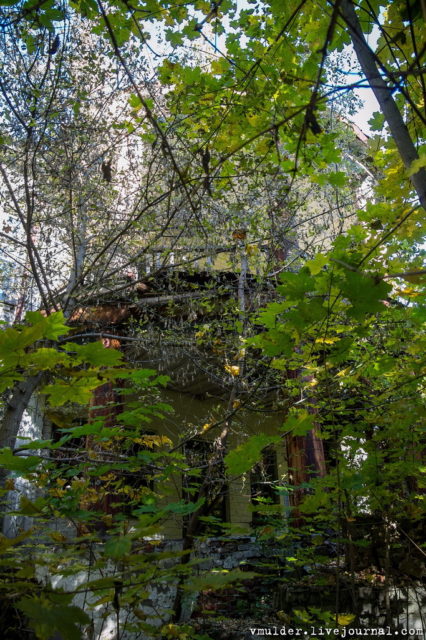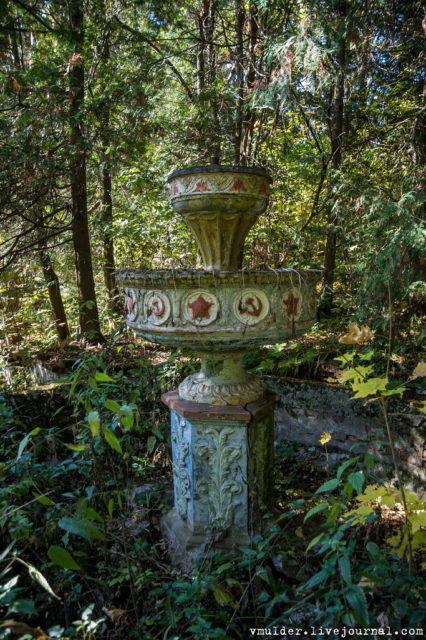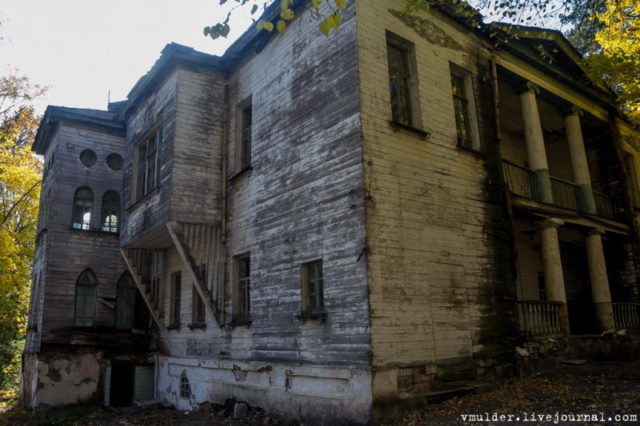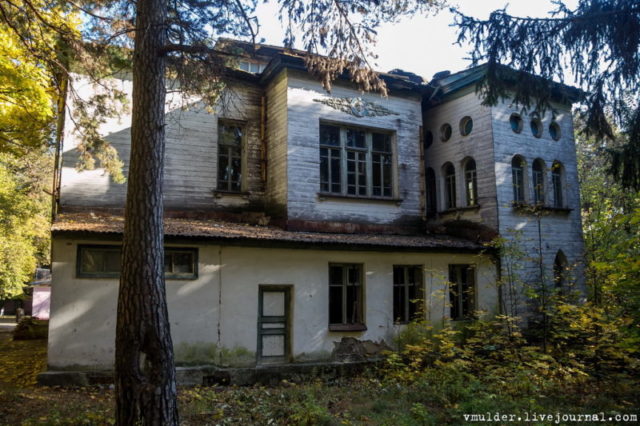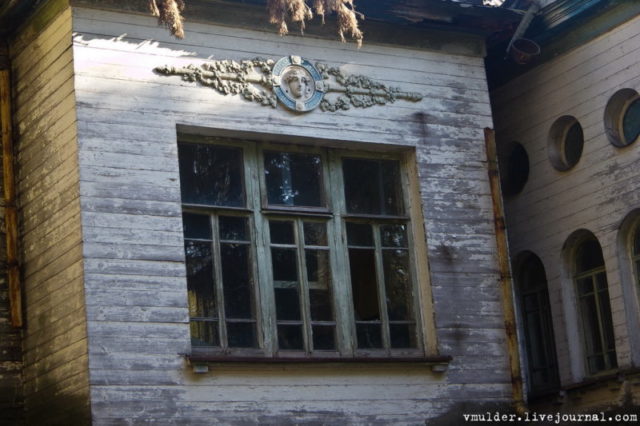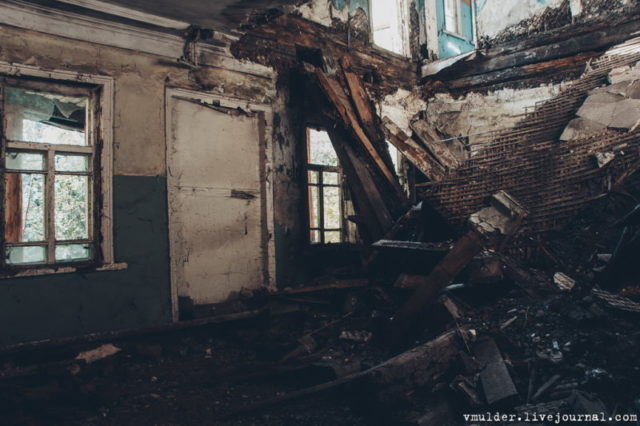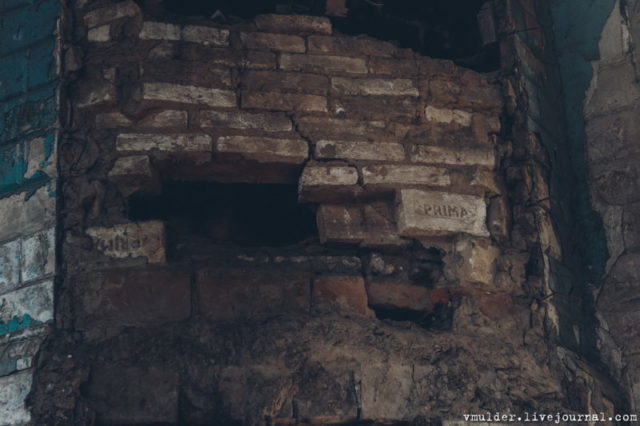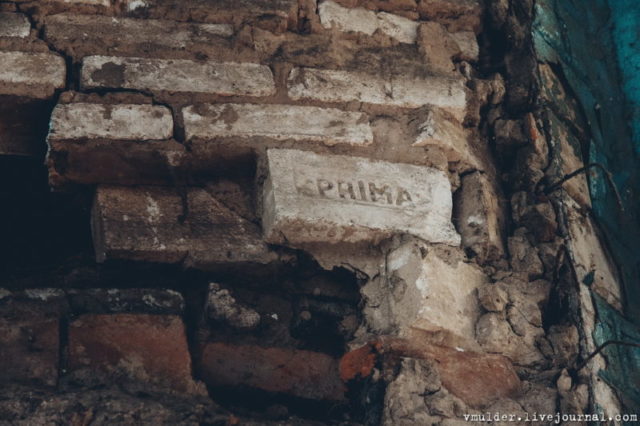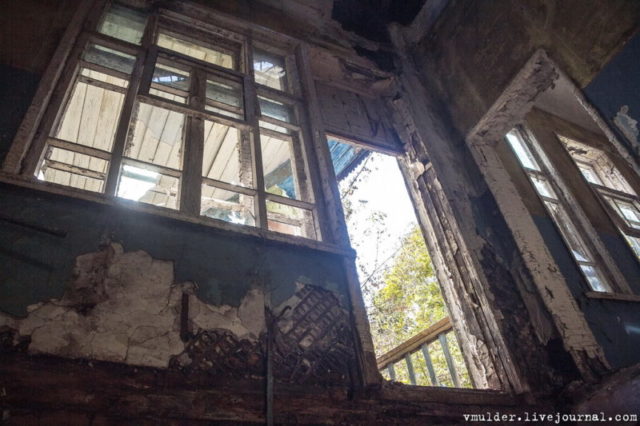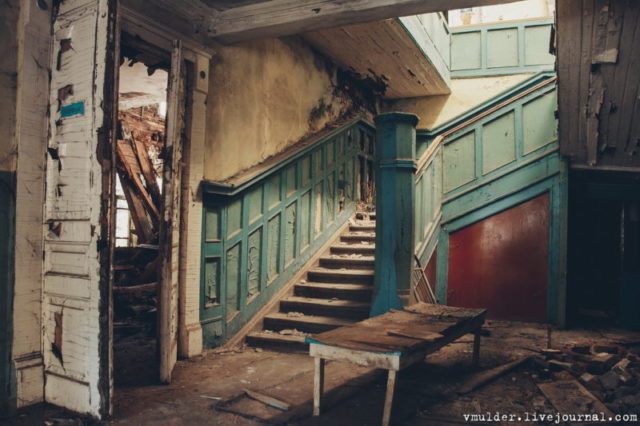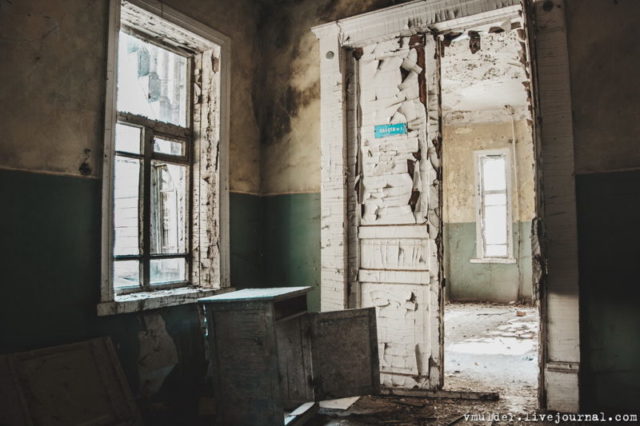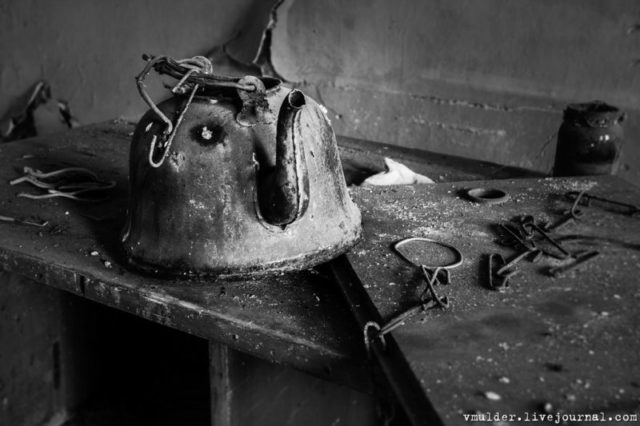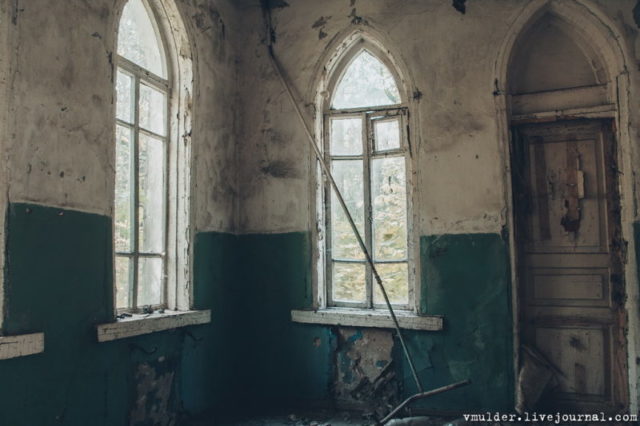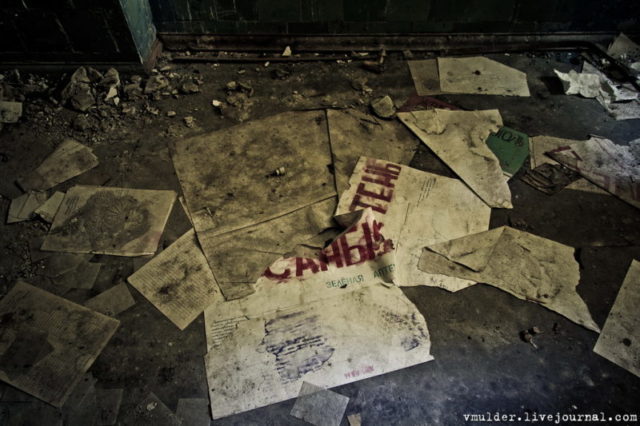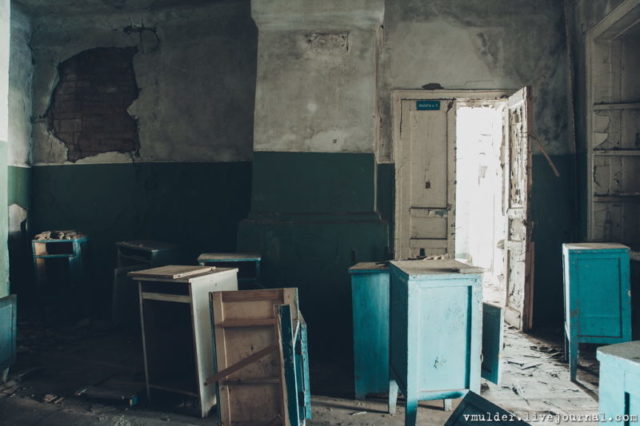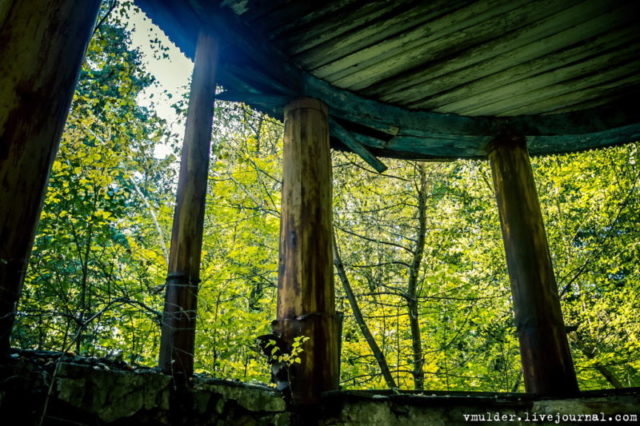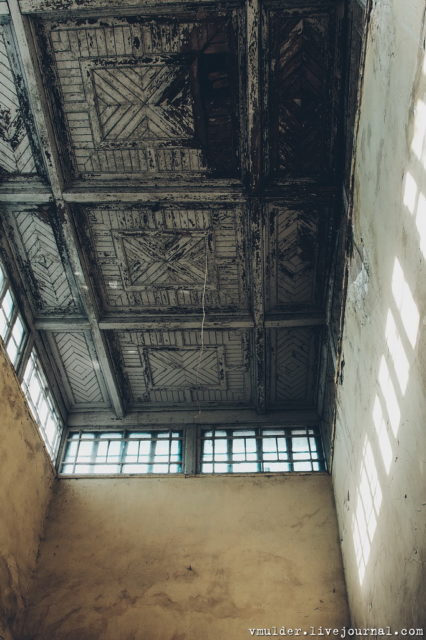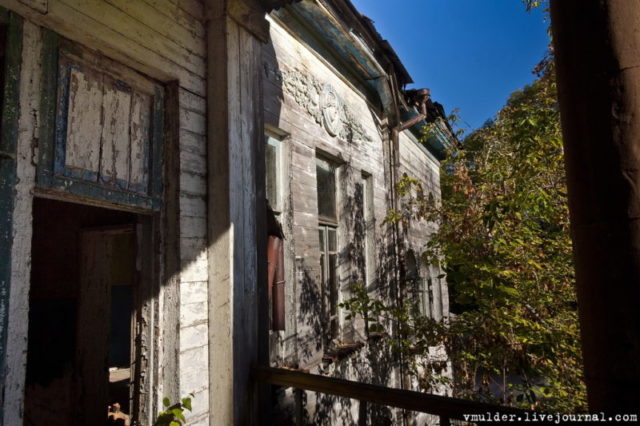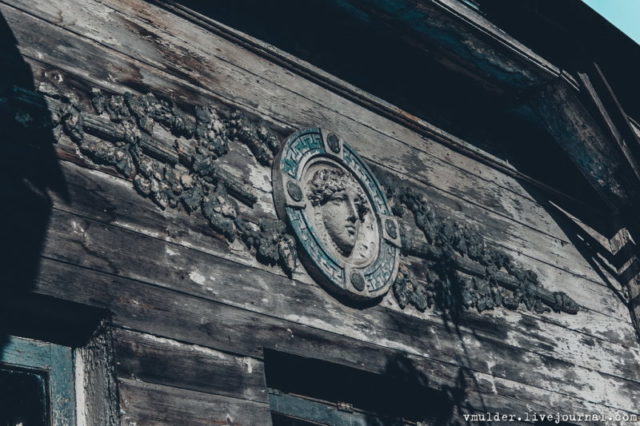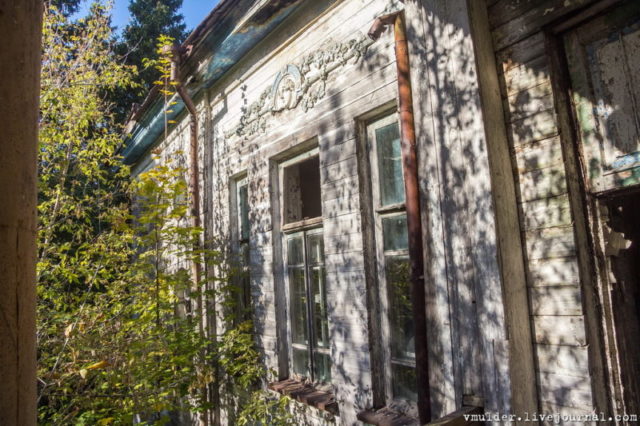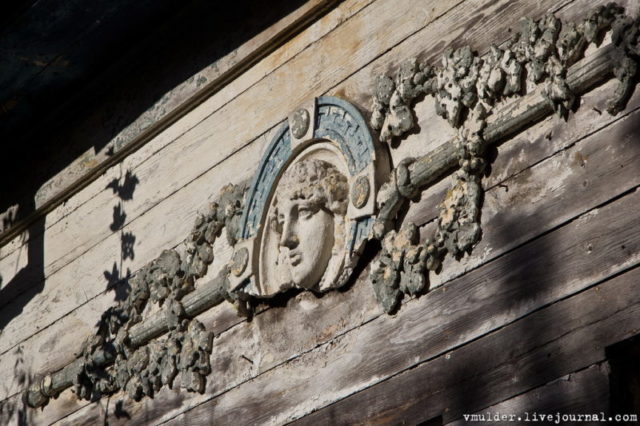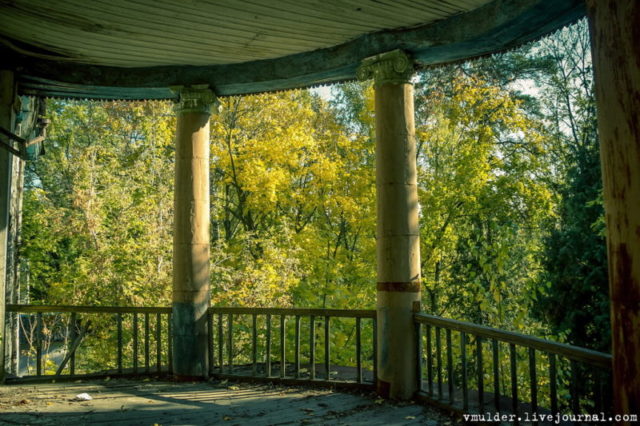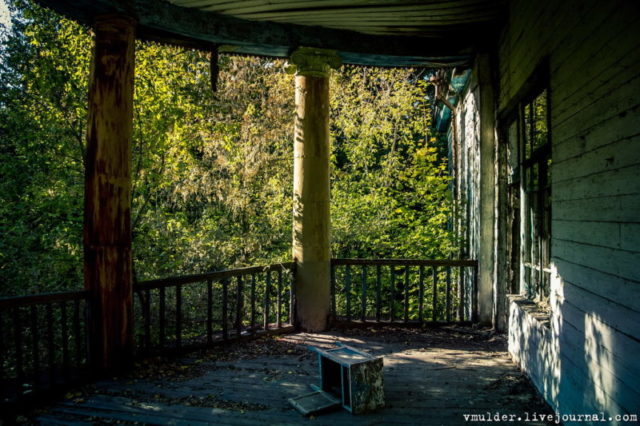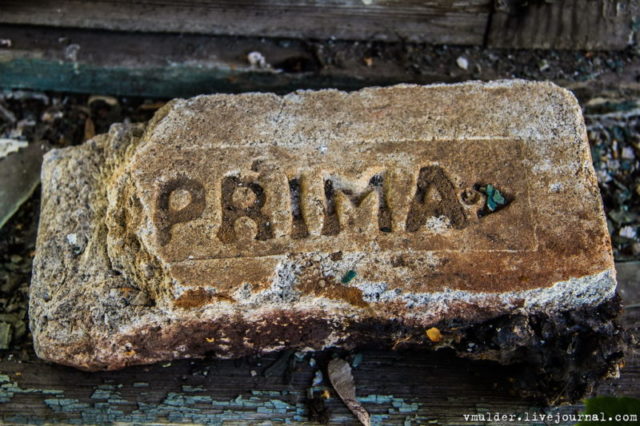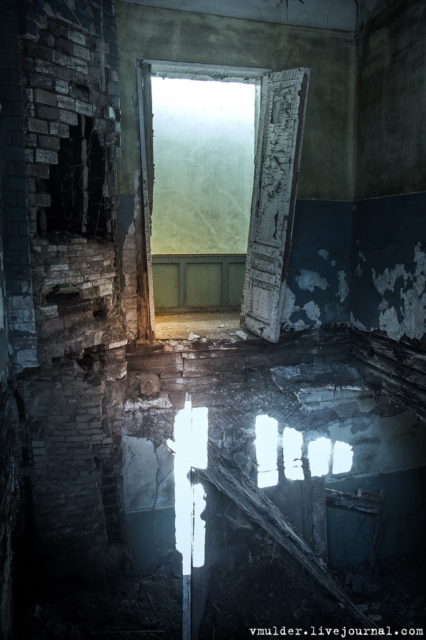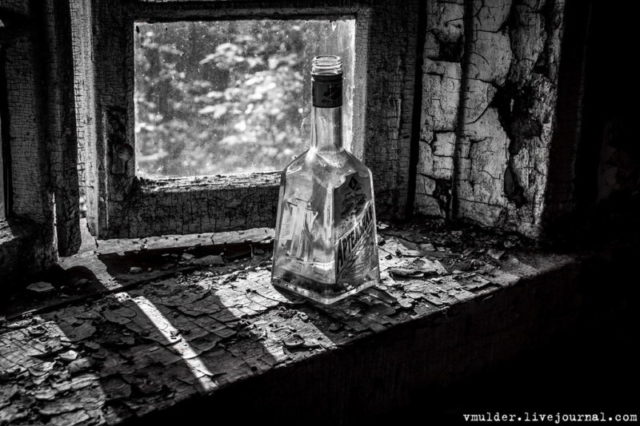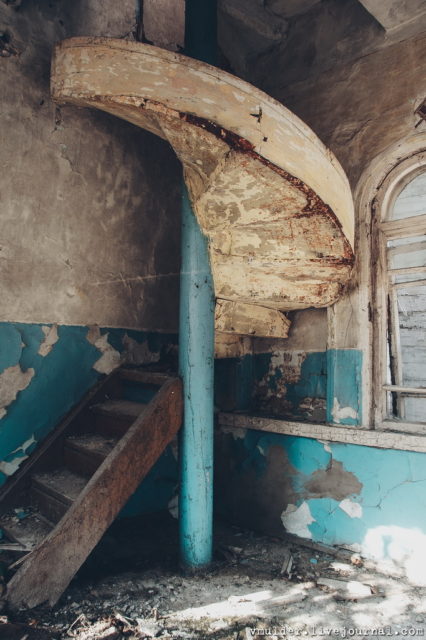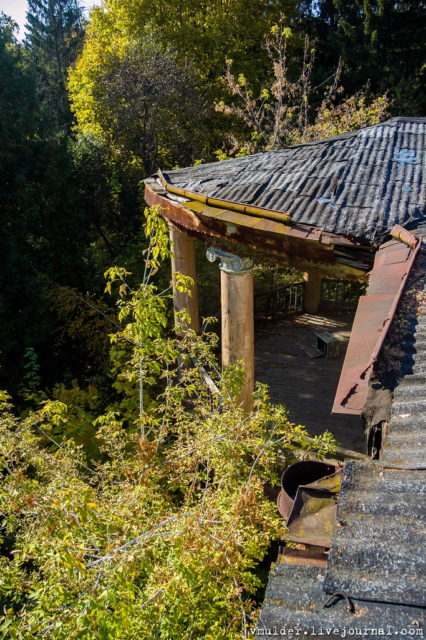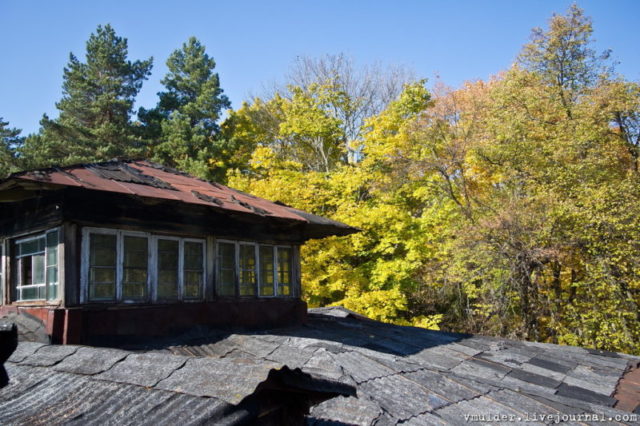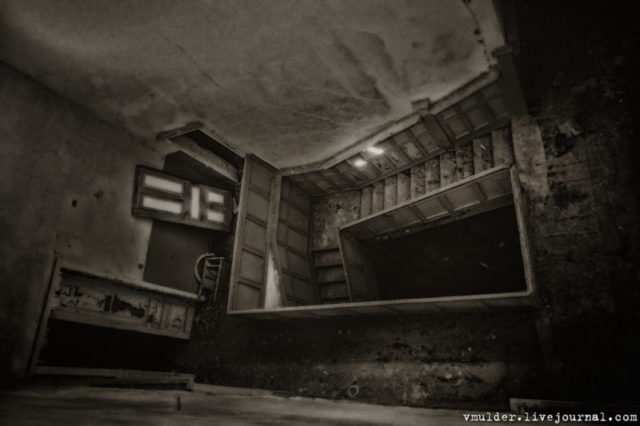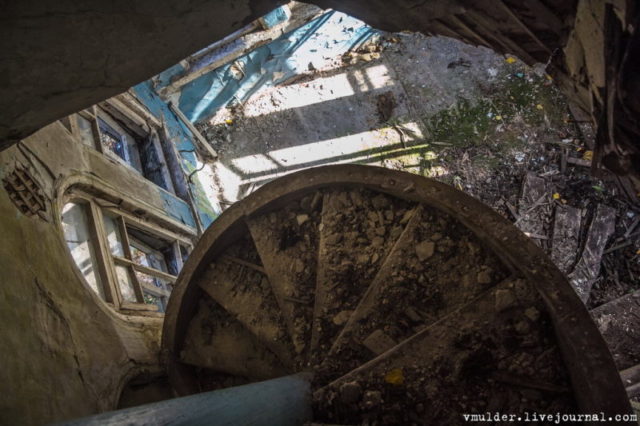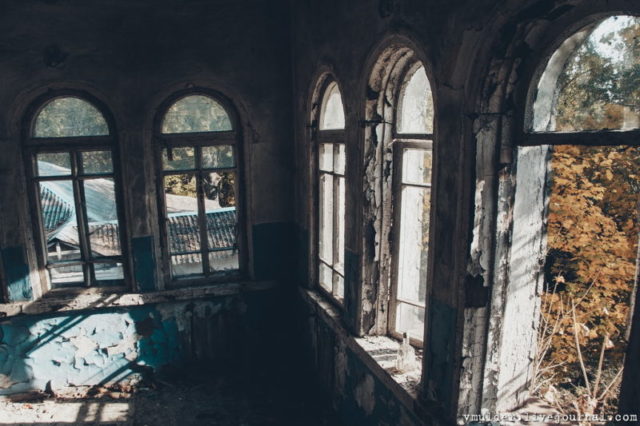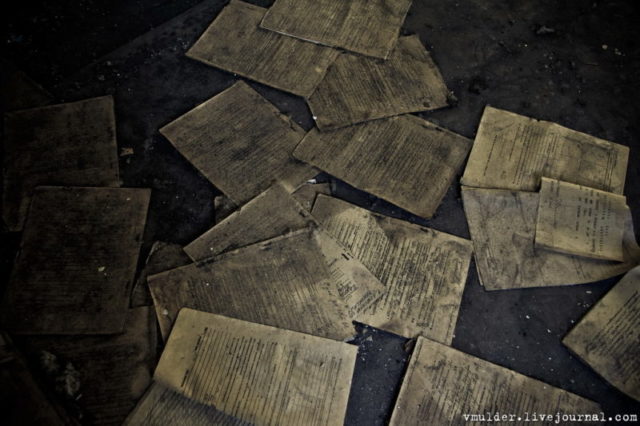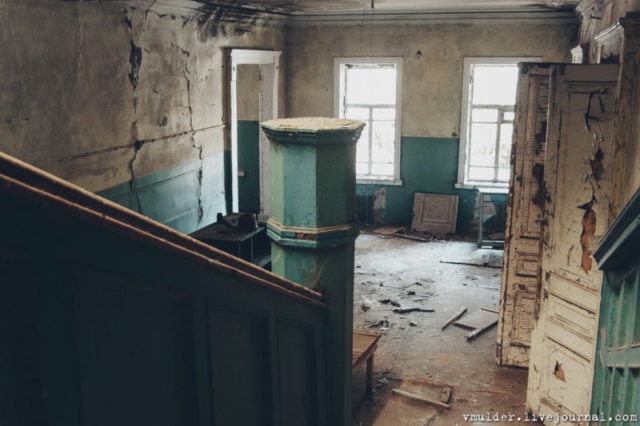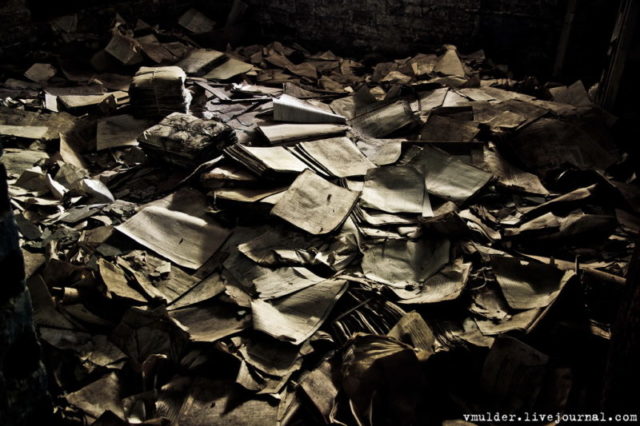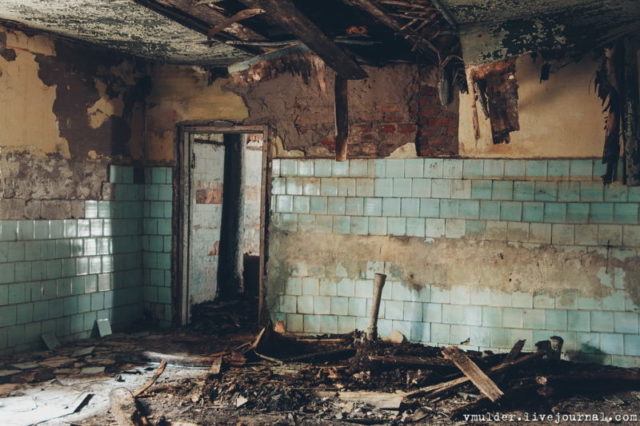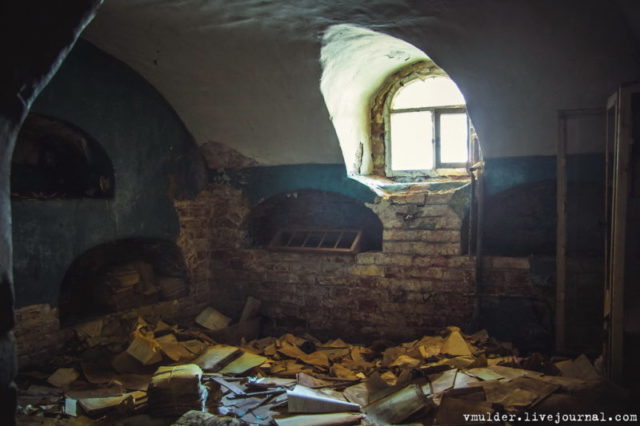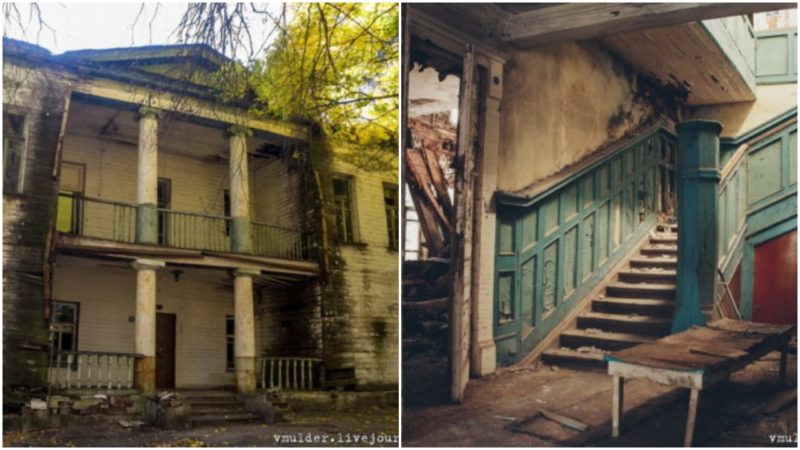Smetskoy’s manor house was built in the village of Makarovka, Kursk Oblast, Russia. But the huge estate in Makarovka, with its 40 hectares of forest grounds and a river, was only acquired by Smetskoy at the end of the 19th century. Before that, it passed from person to person and has an long story to tell.
Back in the 18th century, Makarovka used to be called Terebovlya. The name changed during the reign of Paul I of Russia, who ruled from 1796 to when he was assassinated in 1801. Paul I gifted the village to Makar Opochinin, a wealthy landowner.
Opochinin, a great appreciator of the female form and a womanizer, fathered many children to local peasant women. He did not conceal the fact, but rather endorsed it, saying that it is his village – his “Makarovo,” so let Makars live here. Boys born in the village were called Makar at the behest of the master. Thus, the new name of the village was, quite literally, born.
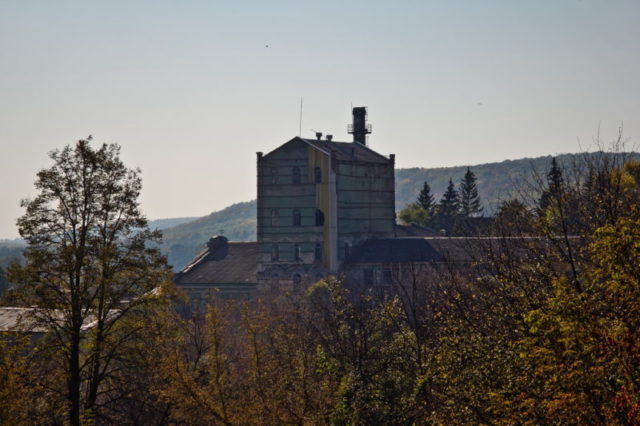
At the beginning of the 19th century Prince Vladimir Shirkov and his family settled in Makarovka. He was an avid theater-goer who had his own serf theater, choir and symphony orchestra. In fact, Shirkov was friends with the famous Russian composer Mikhail Glinka, who is often regarded as the founding father of Russian classical music.
Shirkov led a rampant life, and to cover his expenses he was despotic with his serfs. He was an adulterous husband and his wife, having had enough of her husband’s infidelity, even ordered a separate house to be built for her.
Even though her house is still standing, Shirkov’s house has not survived and a dark story is connected to its destruction.
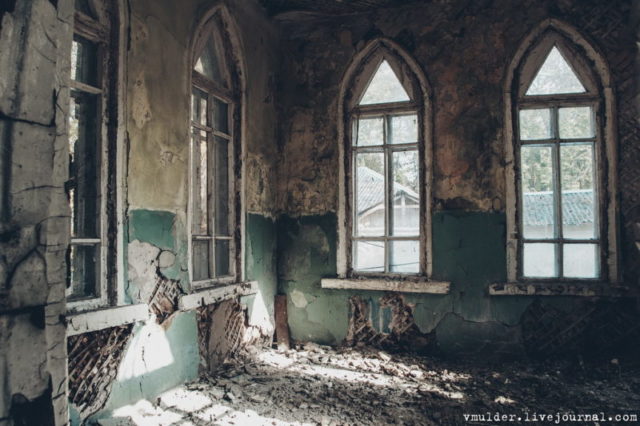
The daughter of the landowner Alushtin lived in a neighboring village. Captivated by her youth and beauty, Shirkov set his eye on her and soon she became his mistress. Not for long.
One fateful ball led to tragedy.
Shirkov spotted a young officer flirting with his lover. The enraged prince ordered his servants to bring her by force the next day. When the servants came to her house, they prayed that the lady would come with them, otherwise they feared the worst. She complied. Turns out, this was a fatal mistake.
Suspecting nothing, the young girl arrived at Shirkov’s estate. There, the delirious prince killed her, and her body was dismembered and thrown into Alushtin’s lands. Word of the terrible crime spread like wildfire, and the Tsar was asked to punish the offender. The prince’s action so angered the Tsar that he ordered Shirkov’s house to be wiped off the face of the earth so that the memory of the prince would be erased forever.
After this, the estate passed from one noble family to the other. Eventually, in 1874 Prince Alexander Smetskoy acquired it. He was a major industrialist, among his enterprises were a cotton and cloth factory in Moscow and stocks of red timber in Kostroma. In Makarovka he built a distillery.
Smetskoy was very wealthy, so he frequently arranged balls and ordered delicious food to be prepared, all in the spirit of extravagant luxury. The main kitchen even had 55 cows, and one cow was specifically to provide milk for the children of the masters.
He was also a generous man. Every time he would visit his estate, he would give presents to the servants and peasants, and when the Smetskoys would go for a walk, they threw small change and candy to the village children.
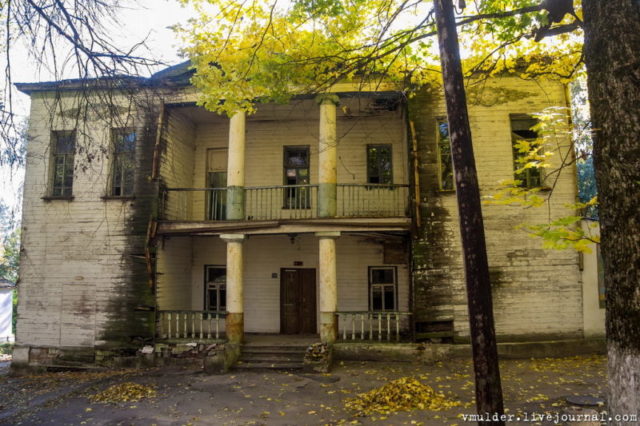
Smetskoy ordered a manor house to be built, and it now doubt looked beautiful once it was constructed. In fact, the manor house was recognized a monument of architecture of the beginning of the 20th century.
The manor house built out of wood and has two floors. The style is eclectic – elements of modernism and neoclassicism are combined, and the design is executed in Italian and Greek styles. The northern facade has a loggia above the front door, and the south facade – a semicircular terrace. Both are decorated with columns of Ionic order on the top floor and Tuscan order on the ground floor.
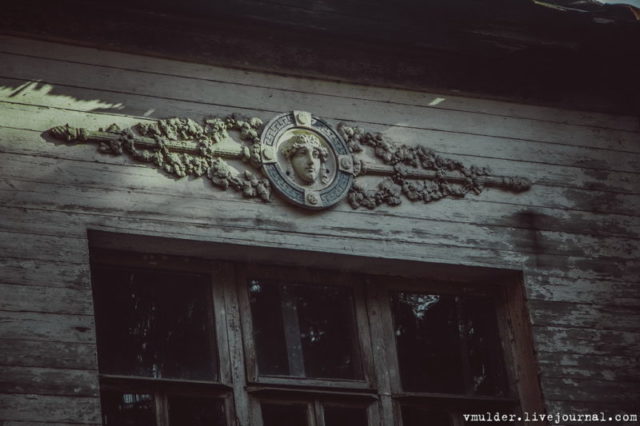
The outside walls are decorated with mysterious reliefs of female faces. Some believe these reliefs are depictions of the three daughters of the notorious Prince Vladimir Shirkov. However, his manor house was completely destroyed, and the house built belonged to Smetskoy, who had two sons.
Lyudmila Plaksina, a teacher from a local school, has her own theory about meaning of the stucco faces: according to her, Empress Catherine the Great is depicted on the main facade, and the other two sides bear the semblance of Baroness Alexandra Ducas, who also once used to live here.
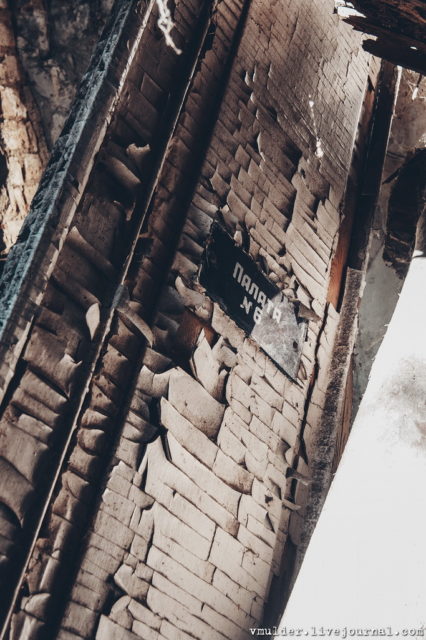
During Soviet times, the manor was converted into a tuberculosis sanatorium. The sanatorium was operating since 1924 and was an important regional center to tackle the life-threatening disease.
The sanatorium was going through renovation during the 1990s, but, unfortunately, there were not enough finances and as a result the manor house was abandoned in 1999.
This beautiful building and a monument of architecture completely burnt down in 2016. Because the house was made out of wood, it burnt quickly and nothing was left, just a pile of coals. No plans for reconstruction are in sight.
The photos in this article were taken in 2014 by Vladimir Mulder. You can see more of his work here: vmulder
